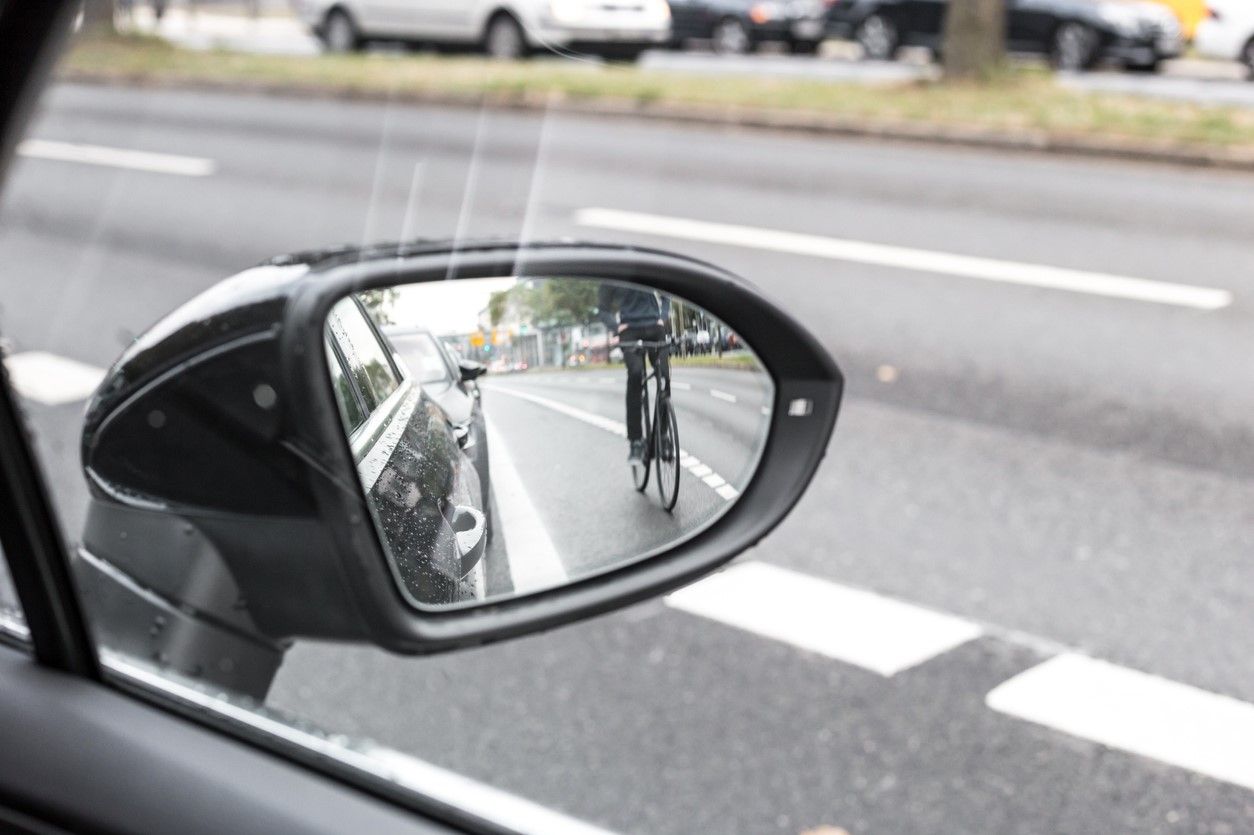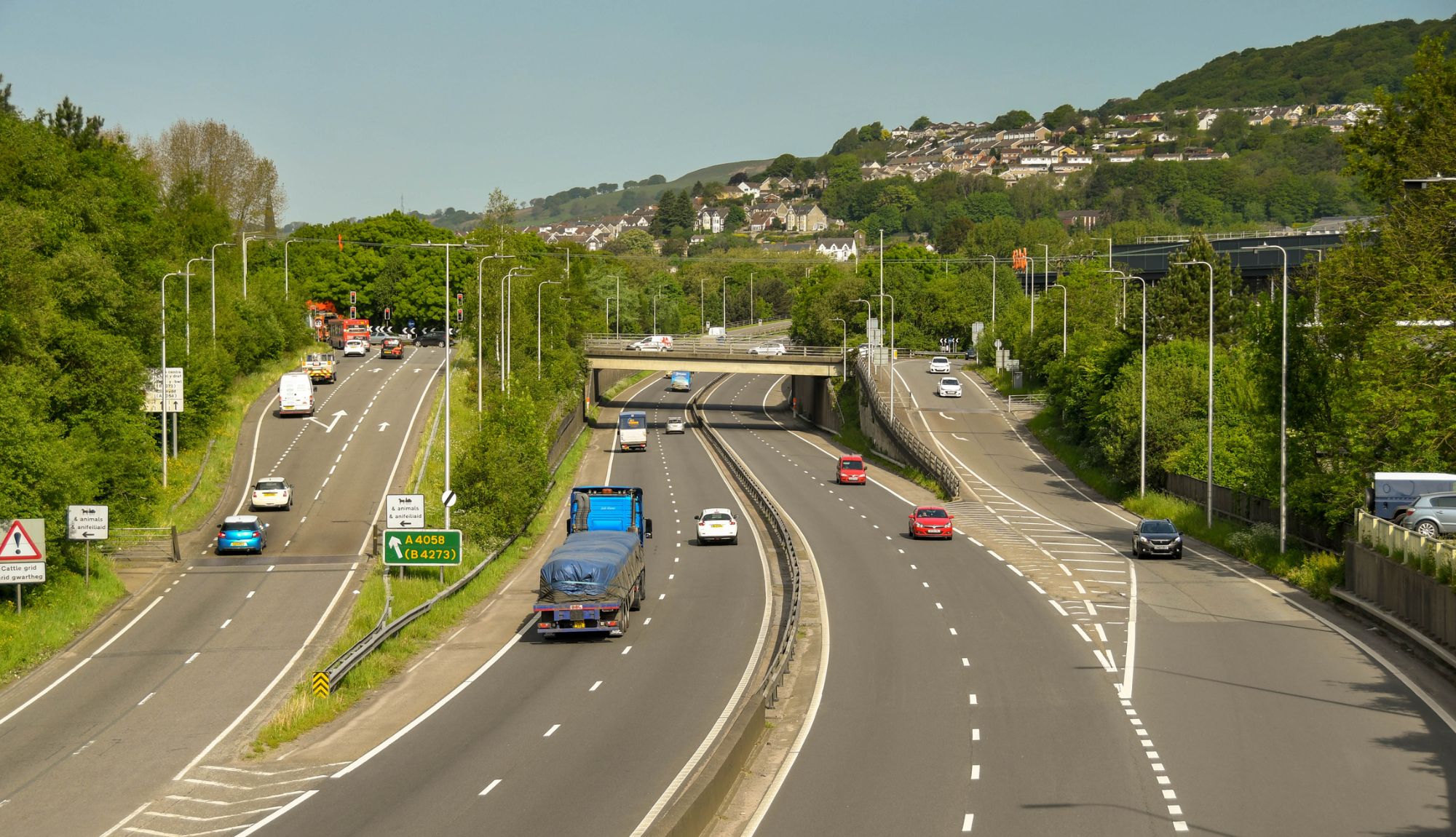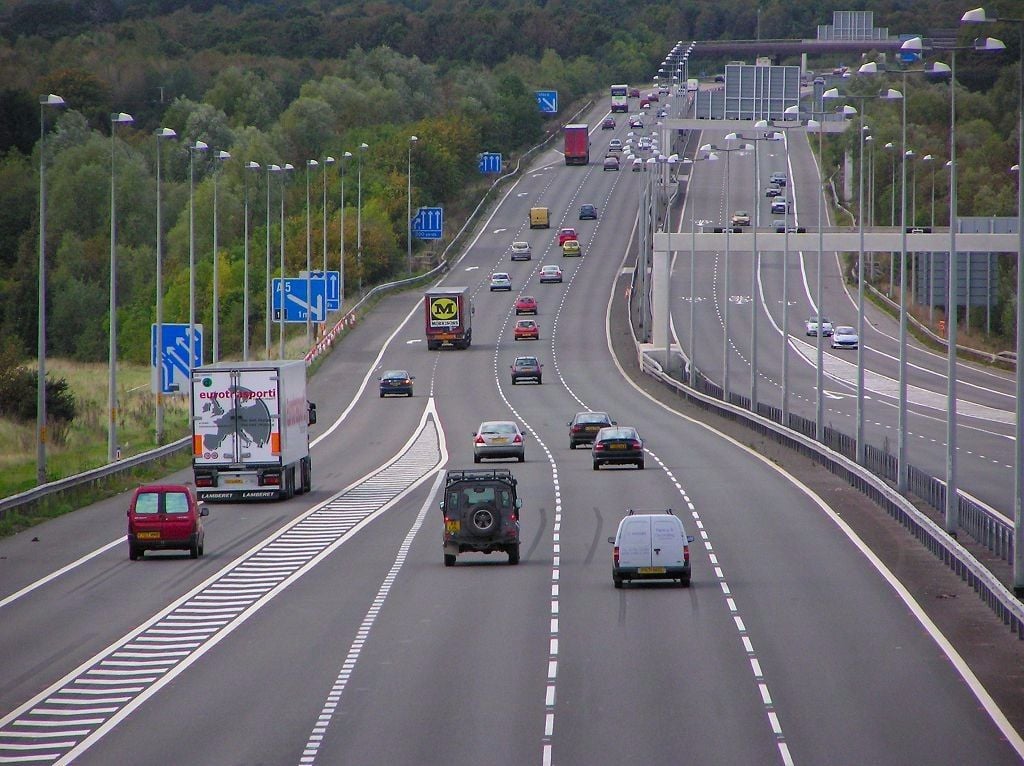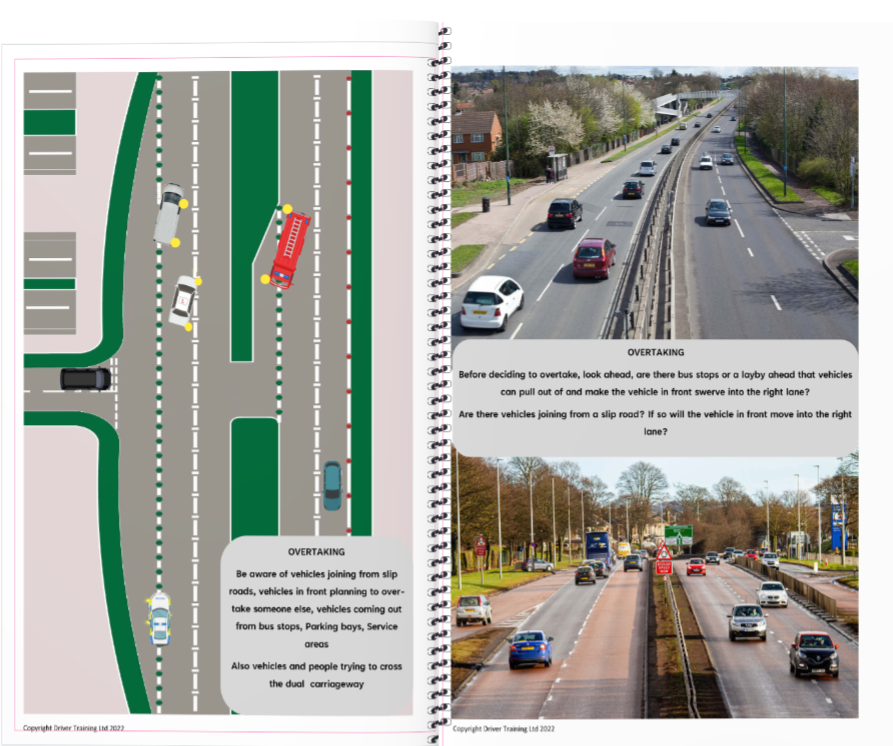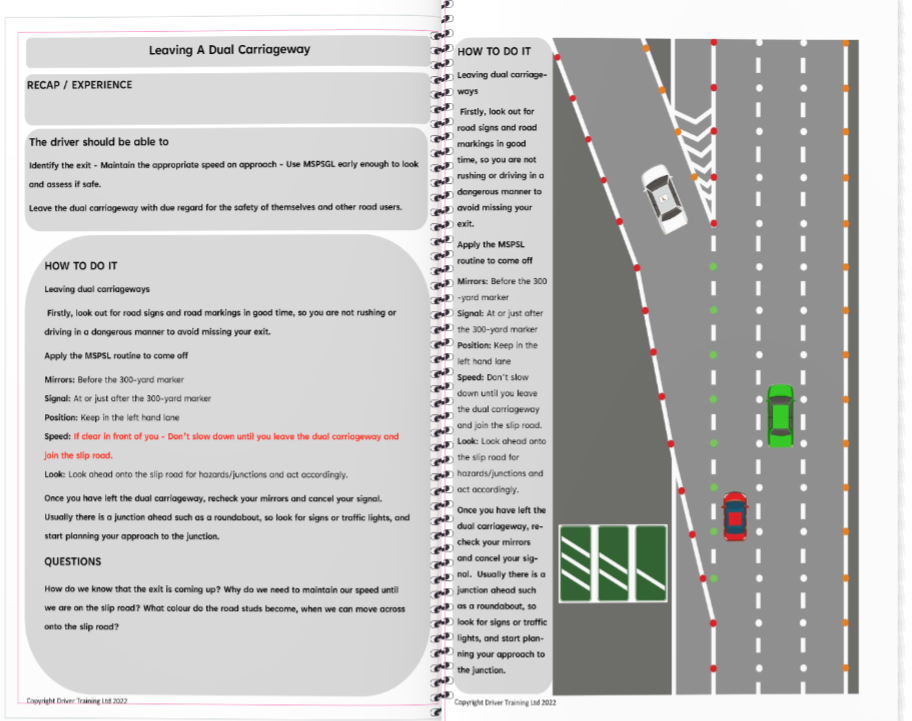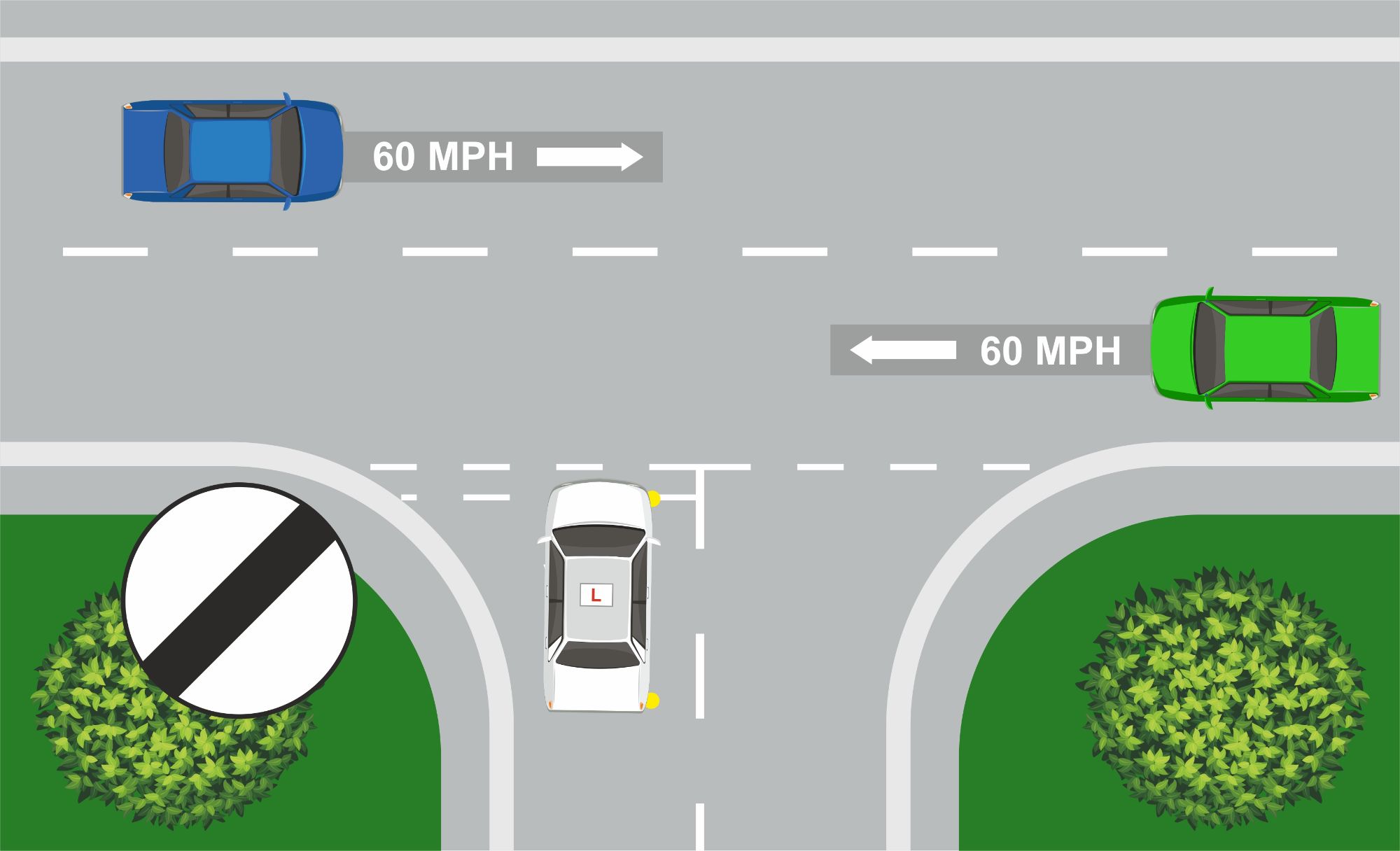ADI Part 3 Dealing With Dual Carriageways
ADI Part 3 Dual Carriageway Driving
For ADI Part 3 Dual Carriageways Many driving test centres are situated on the edge of towns and cities. They are located in such areas so to provide as much diverse road types during a driving test as possible. Included in these road types are often dual carriageways.
Dual carriageways can be challenging for both experienced drivers and learner driver taking the driving test. This is often due to the high speeds involved along with the all-important observations. Finding a good driving instructor who is experienced in the area will have an excellent knowledge of the driving test routes, including the dual carriageways and roundabouts leading to them. These areas of the test routes can be difficult so becoming proficient in them will be of benefit.
Joining A Dual Carriageway
You will join a dual carriageway from a slip road leading off either a road or roundabout. The speed at which you join the slip road varies depending on the circumstances.
It is important to gain sufficient speed to equal those already on the carriageway. Joining the carriageway at 40 mph whilst traffic already on the carriageway is at a speed of 70 mph can be highly dangerous.
Traffic isn’t always travelling at 70 mph however. Observe traffic on the carriageway at the earliest opportunity. This can be from the road or roundabout or even from a bridge that crosses over the carriageway before you join.
This will provide you with a good sense at which the speed you will need to reach before joining. Traffic especially during rush hour can be slow or even stationary as you join a dual carriageway. Be prepared to stop just before the junction line if necessary.
SEE OUR EBAY STORE
SEE OUR SHOPIFY STORE
ADI PART 3 Briefing Folder for dual Carriageways £15.00

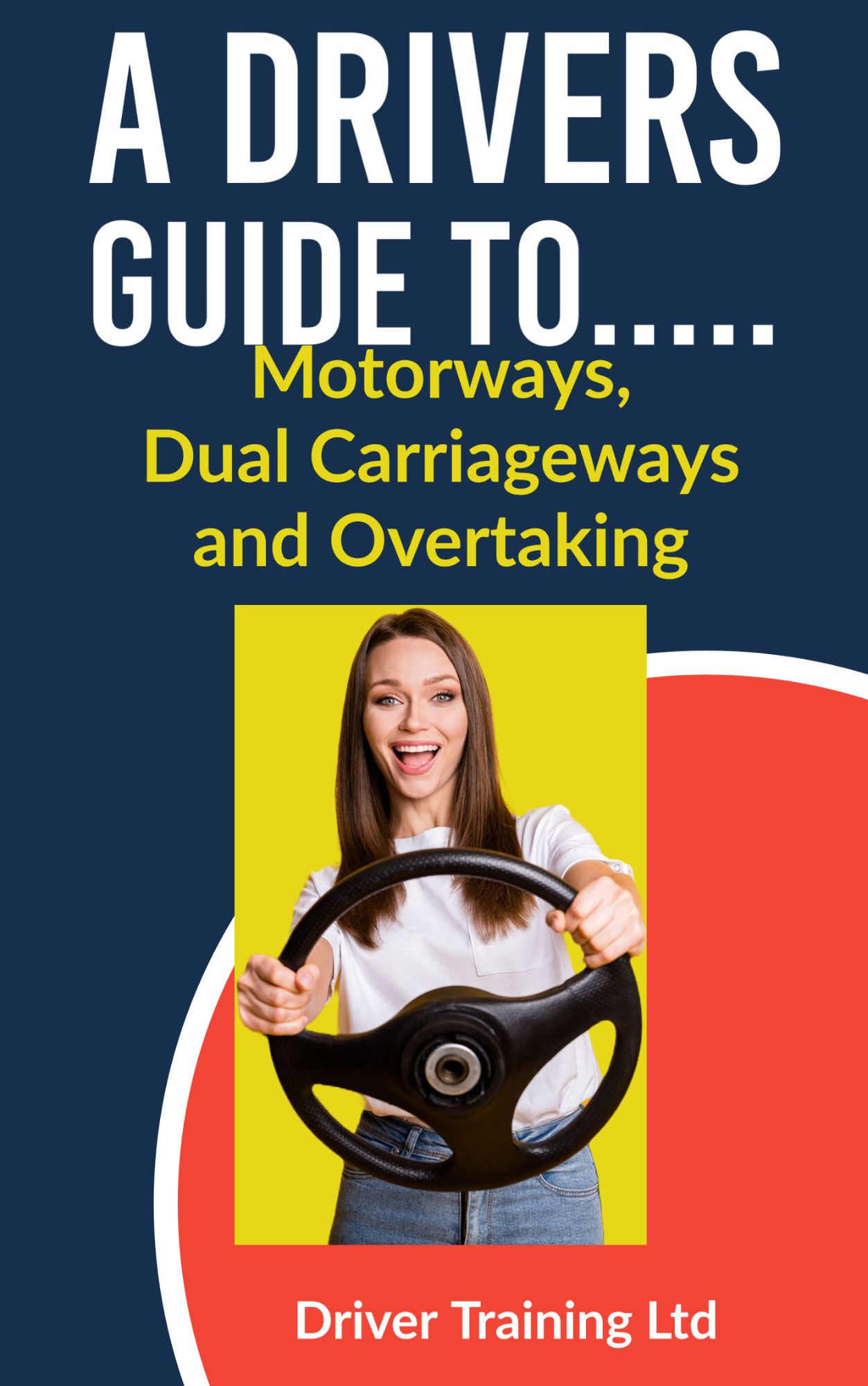
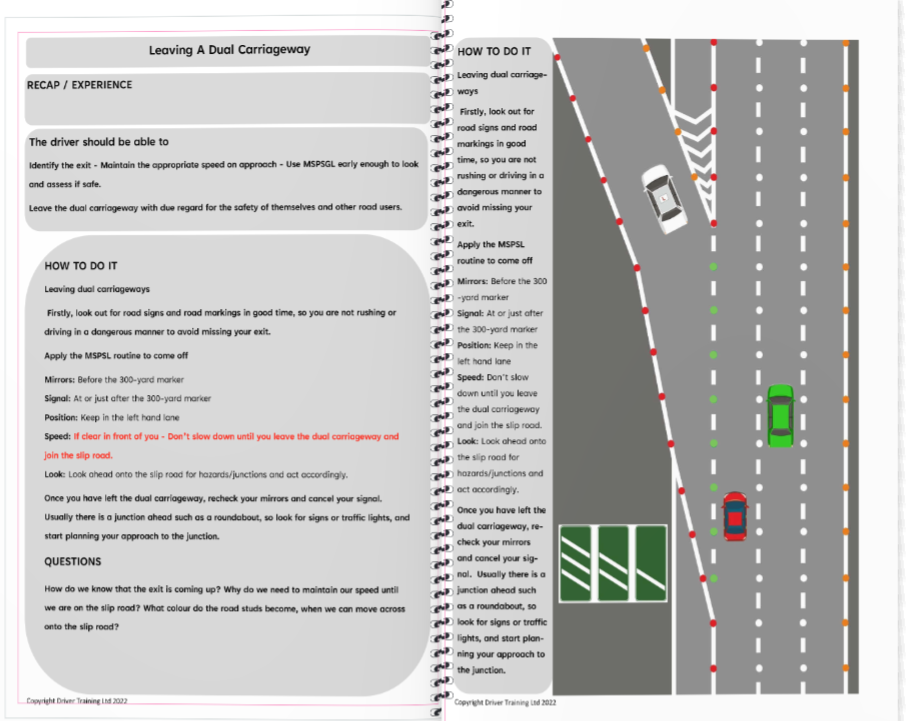
Joining a Dual Carriageway - Look Early
Before even starting the MSPSGL routine - As soon as you are on the slip road, start glancing ahead and to your right.
Are there any vehicles there? Are you getting closer to them? Are they keeping level with you? Do they seem to be catching up to you?
The key to joining a dual carriageway is to accelerate down the slip road to match the speed of those already on the carriageway. Whilst accelerating, make quick checks to the right and alternate with the direction you are traveling.
Briskly keep checking between the two. Although the main focus should be in the direction you are traveling, brisk and frequent looks to the right is important.
As you are accelerating, look for a suitable gap. This could be between 2 vehicles for instance, but as tense moment as this may be, be confident and focus on your gap. This may require accelerating or slowing to safely enter the carriageway.
SEE OUR EBAY STORE
SEE OUR SHOPIFY STORE
Look for gaps - Do you need to hit the gas?
Around half way down the slip road, you will need to apply the MSPSL routine.
Check the interior and right mirror and signal to the right. Remember, observations should have started way back at the earliest point, so the position will depend on where you intend to join in relation to your speed. Speed is dependent on the traffic on the carriageway and as you join you will need to look in your interior mirror to ensure traffic isn’t too close behind you.
Joining a dual carriageway is the most difficult part for most learner drivers. Providing you match the speed of the traffic on the carriageway, mark your joining place at the earliest opportunity, stick confidently with your joining place by use of accelerating or slowing, then with plenty of practice it becomes easy.
If for instance you can see that the lorry is going slower than you, hit the gas and aim for the gap in front of it - but keep an eye not to go over the speed limit.
When joining a dual carriageway, it doesn't always mean that you need to slow down - sometimes by far the safest option is to hit the gas and get to the speed limit.
Dual Carriageway Reflective Stud Colours
Dual carriageway reflective studs
Dual carriageway reflective studs or cat’s eyes are designed to be most effective in poor light conditions by reflecting light. The colour of the studs always has the same placement on motorways and dual carriageways.
Dual carriageway reflective studs
- Red – Dual carriageway reflective studs are placed along the hard shoulder of both motorways and dual carriageways. They can also be seen on the left of certain A or busy B roads.
- Amber – Dual carriageway studs are placed to the far right, running alongside the central reservation.
- Green – Dual carriageway studs indicate where a junction either joins or leaves a Dual carriageway, called a slip road or deceleration lane.
- White – Dual carriageway studs are placed between the lanes of dual carriageways or motorways.
-
SEE OUR EBAY STORE
SEE OUR SHOPIFY STORE
Dual Carriageway two second gaps
Short slip roads
Although the slip road used to allow traffic to join a dual carriageway is often long enough to allow a vehicle to accelerate to a speed to match those already on the carriageway, occasionally there are short slip roads. If the dual carriageway is busy, it may be necessary to wait at the start of the slip road for a suitable gap to accelerate into.
Driving on dual carriageways
Once on the carriageway, stay in the left lane until you have had a chance to adjust to the situation and remember to keep a safe distance from vehicles in front. The 2 second rule may help with this.
The speed limit of dual carriageways varies in each location, but the national speed limit on a dual carriageway is 70 mph.
The examiner will be expecting you to drive at the 70 mph national speed limit if it is safe to do so. If you are behind a slow moving vehicle, overtake if possible.
Look well ahead as well as your immediate surroundings on dual carriageways. Traffic that has stopped or reduced speed ahead can be dangerous for fast approaching traffic.
Priority on Slip Roads
Who has right of way on a dual carriageway sliproad
The highway code only states that the joining traffic 'should' give priority to traffic on the main carriageway,
BUT at the same time, the traffic on the main carriageway 'should' move over to allow joining traffic if lane 2 is clear.
SEE OUR EBAY STORE
SEE OUR SHOPIFY STORE
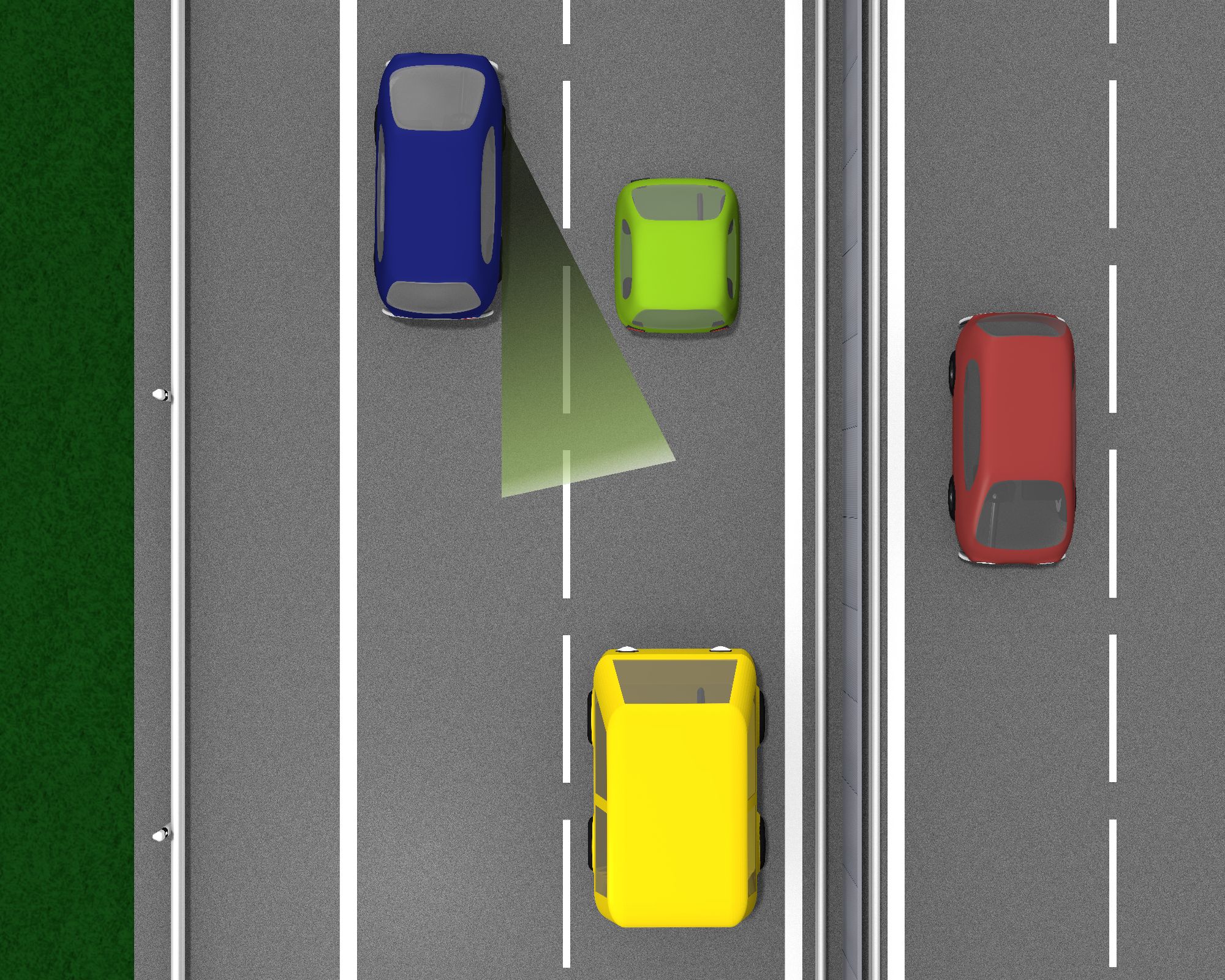
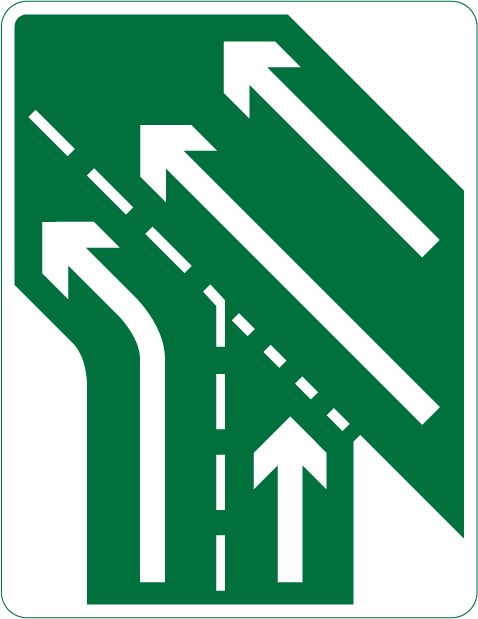
Slip Road Runs Parallel
Occasionally when joining onto a dual carriageway you may see a sign like this.
The 2 arrows on the bottom represent the oncoming slip road
The right hand arrow at the bottom lets you know that this lane is joining onto the dual carriageway as normal, so the driver need to be aware of any traffic coming towards it.
The bottom left lane however simply runs parallel with the dual carriageway.
In other words you don't need to move across to join the dual carriageway, the lane simply becomes a part of it.
On sliproads like this, you just need to be aware that when joining if you have a lorry or slower moving vehicle in the lane to your right, they may want to return into the left lane.
So you need to keep an eye on their indicators or for signs of them moving to the left as you travel
Coming Off a Dual Carriageway
During a driving test, the examiner may something along the lines of ‘I would like you to take the next exit’. You will see countdown markers. The 1st one you see will have the 3 slashes signifying 300 yards from the exit.
Dual carriageway countdown marker signs
It is at this marker you look into your interior mirror, followed by your left mirror and signal to the left.
Following the 300 yard marker is the 200 yard and finally the 100 yard marker before the exit junction / deceleration lane.
Remember that you may be taking the exit junction at 70mph and will need to gently slow down on the exit junction to the appropriate speed for the road or roundabout you will be joining.
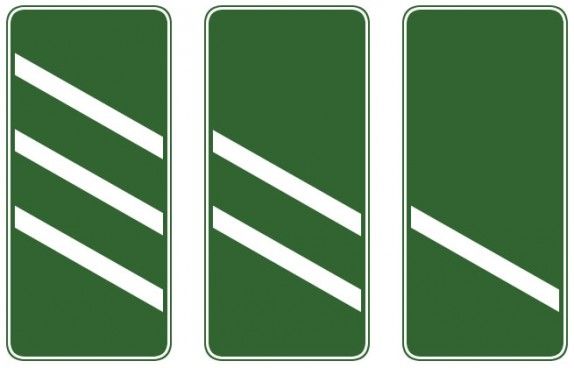
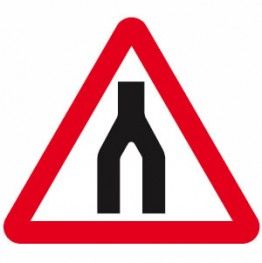
Dual Carriageway Ends
End of Dual Carriageway Ahead
The dual carriageway ends sign means that the section of dual carriageway is coming to an end and normal two-way traffic will resume. The diagram resembles the "Road Narrows on Both Sides" sign, however, this can be told apart as both lines join together to represent the two lanes joining into one. The Dual Carriageway sign is sometimes called the 'End of Dual Motorway' sign but is only used on carriageways.
The sign warns drivers that oncoming traffic will be closer and that there will no longer be two lanes passing in each direction. Usually, the "Two Way Traffic" sign is positioned after to emphasise this
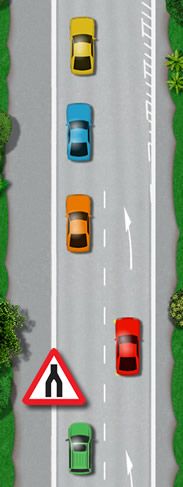
End of Dual Carriageway Merging
As the dual carriageway comes to an end it means that the 2 lanes are going to merge into one.
Therefore look for any road markings which tell you when the road is going into one lane.
These arrows are ususually telling you to either move into the left or right hand lane - Depending on which one is going to continue.
The general idea with these merging situations is that each lane should filter one car at a time - this is to avoid a long traffic jam in one lane whilst the other lane is empty.
So on approach to this dont try and race any other vehicle to the single lane. Be aware of vehicles approaching at the side and be prepared to adjust your speed to keep you both safe and to increase the traffic flow.
SEE OUR EBAY STORE
SEE OUR SHOPIFY STORE
Cyclists on Dual Carriageways
Dual carriageways and cyclists
It is not illegal for a cyclist to ride on a dual carriageway unless stated otherwise by signs.
It is however extremely dangerous and not advised.
SEE OUR EBAY STORE
SEE OUR SHOPIFY STORE
